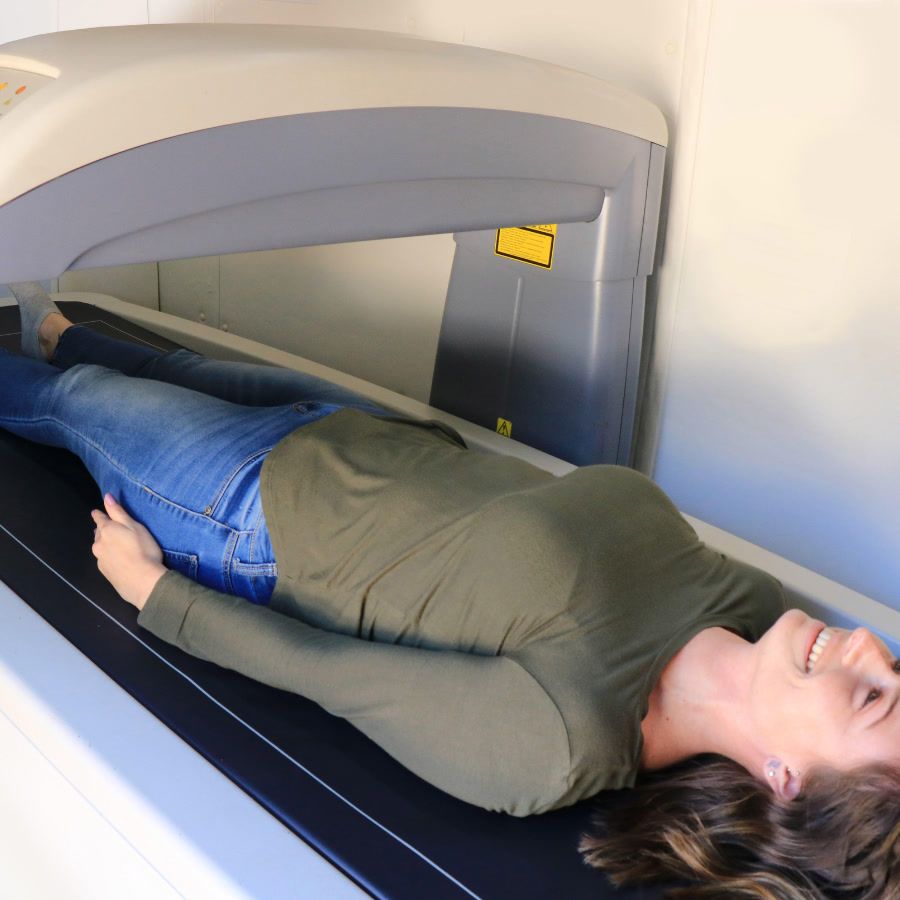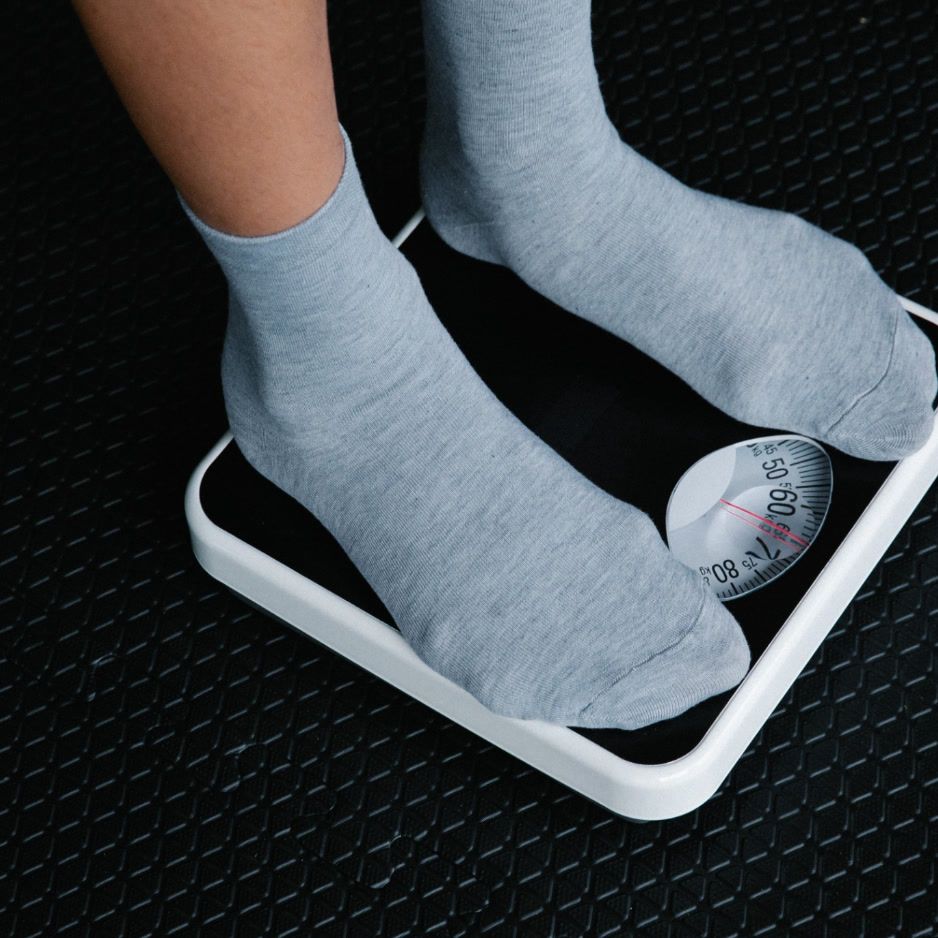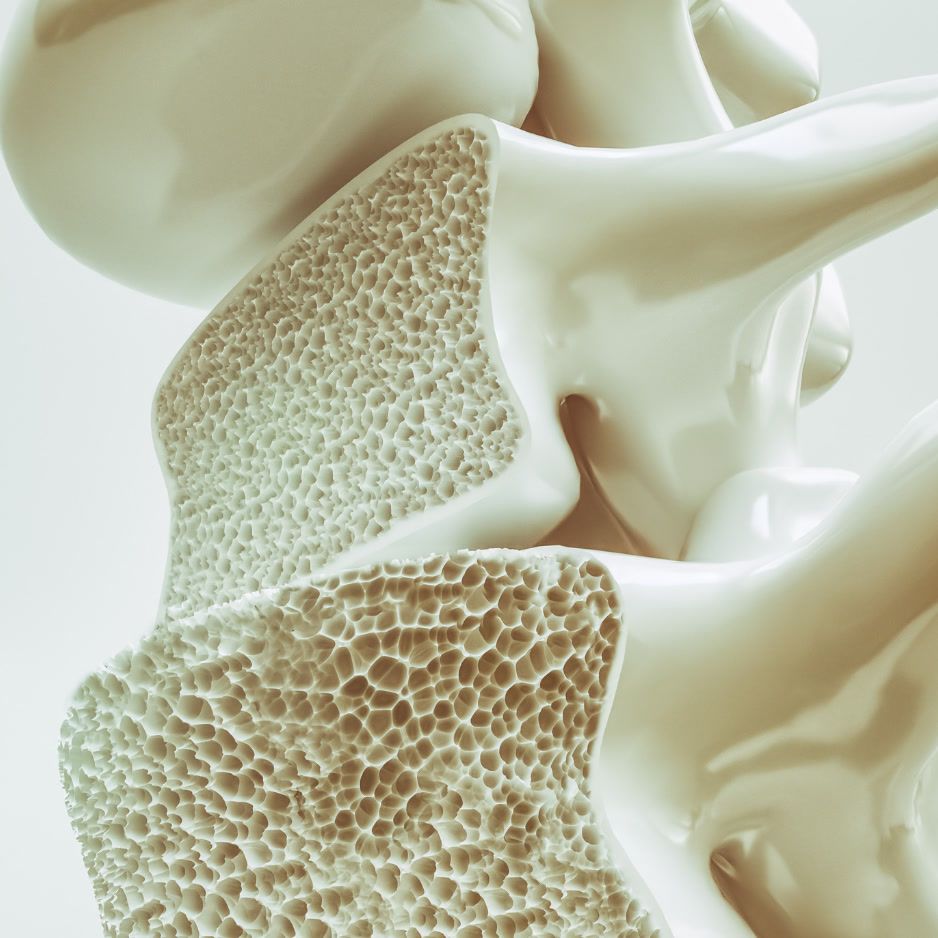Hydrostatic Weighing: An Underwater Body Fat Testing Guide

Hydrostatic Weighing: An Underwater Body Fat Testing Guide
When it comes to body composition testing, hydrostatic weighing has long been heralded as the "gold standard"—a reputation built on decades of scientific research and its basis in fundamental physics principles. But is this underwater testing method still the best choice for tracking your body fat percentage, or have newer technologies like DEXA scans surpassed it?
This comprehensive guide explores everything you need to know about hydrostatic weighing, from the science behind Archimedes' principle to real-world costs and availability, helping you make an informed decision about which body composition test best fits your needs.
What is Hydrostatic Weighing?
Hydrostatic weighing, also known as underwater weighing or hydrodensitometry, is a method for determining body composition by measuring your body's density when submerged in water. The technique relies on Archimedes' principle, which states that an object submerged in fluid experiences an upward buoyant force equal to the weight of the fluid displaced.
Think of it this way: when you step into a bathtub, the water level rises because you're displacing water equal to your body's volume. Since fat is less dense than water (fat floats) and lean tissue is denser than water (muscle sinks), your underwater weight reveals the relative amounts of each tissue type in your body.
The Scientific Foundation: Archimedes' Principle in Action
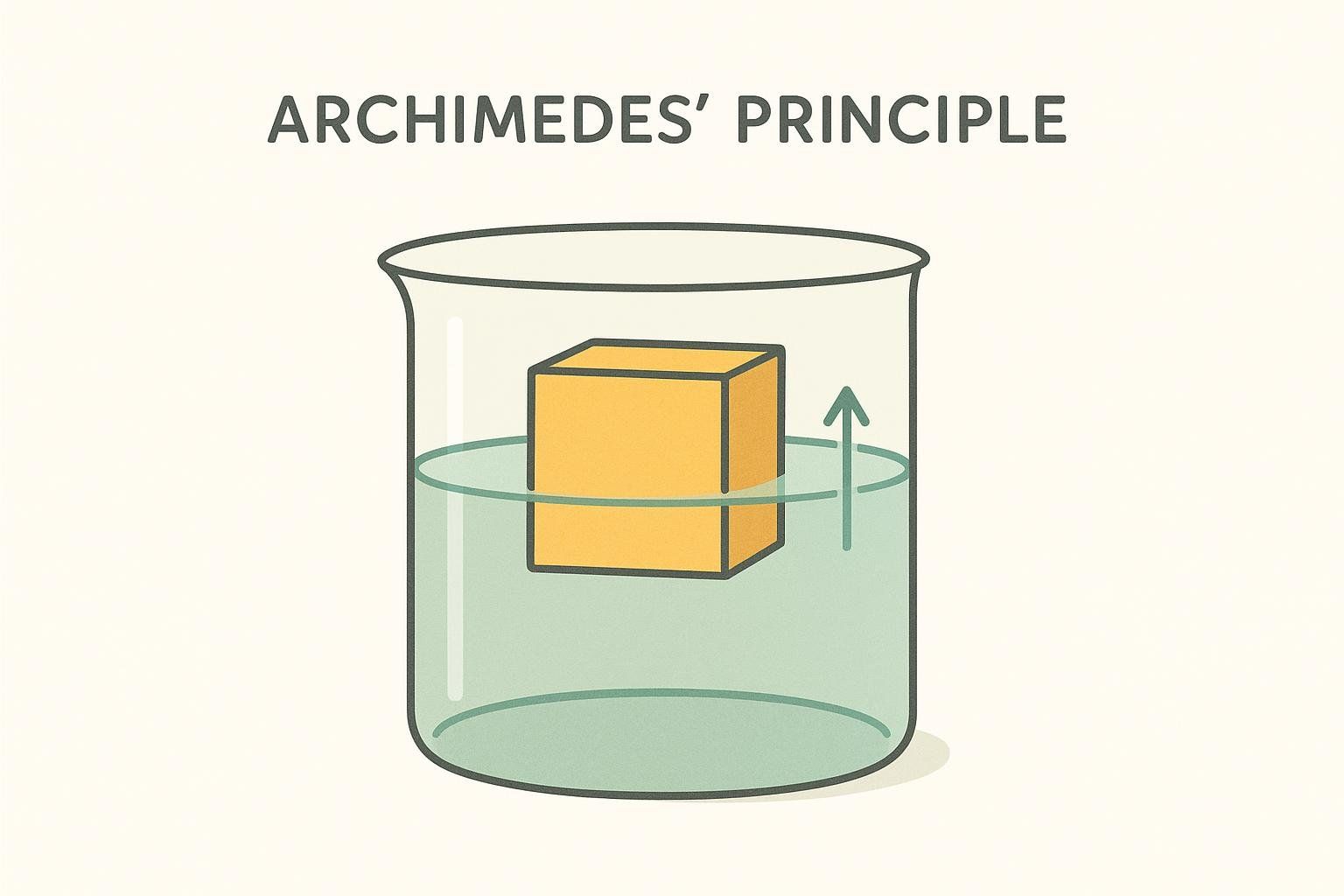
The physics behind hydrostatic weighing is elegantly simple. When you're fully submerged in water, three key measurements determine your body density:
- Your weight on land (dry weight)
- Your weight underwater (after expelling all air from your lungs)
- The temperature and density of the water
The formula used is: Body Density = Ma / ((Ma - Mw) / Dw - RV)
Where:
- Ma = mass in air (dry weight)
- Mw = mass in water (underwater weight)
- Dw = density of water at testing temperature
- RV = residual volume (air remaining in lungs after maximum exhalation; often estimated, which is a major source of error)
Once body density is calculated, researchers use established equations like the Siri formula to convert density into body fat percentage.
How the Hydrostatic Weighing Process Works
If you've ever wondered what actually happens during underwater weighing, here's the step-by-step process:
Before Your Test
- Fast for 3-4 hours to minimize intestinal gas, which can affect buoyancy
- Avoid vigorous exercise for 24 hours beforehand
- Wear minimal clothing—typically just a swimsuit
- Remove all jewelry and accessories
During the Test (15-20 minutes total)
- Initial weighing: You're weighed on a standard scale on dry land
- Water temperature measurement: The tank water (kept between 86-92°F) is measured for precise density calculations
- Submersion trials: Sitting on an underwater chair/scale, you'll be asked to:
- Take a deep breath and exhale completely
- Submerge fully underwater for 5-10 seconds
- Remain completely still while weight is recorded
- Multiple measurements: This process is repeated 5-8 times, with the average of the most consistent, heaviest readings used for the final calculation
- Residual lung volume: Either measured directly using gas dilution techniques or estimated based on age, height, and gender
Critical Success Factors
The accuracy of hydrostatic weighing depends heavily on:
- Complete air expulsion from lungs—even small amounts of trapped air significantly affect results
- Remaining completely motionless underwater
- Proper residual volume measurement or estimation
- Controlled water temperature and accurate density calculations
Hydrostatic Weighing Accuracy: The Numbers
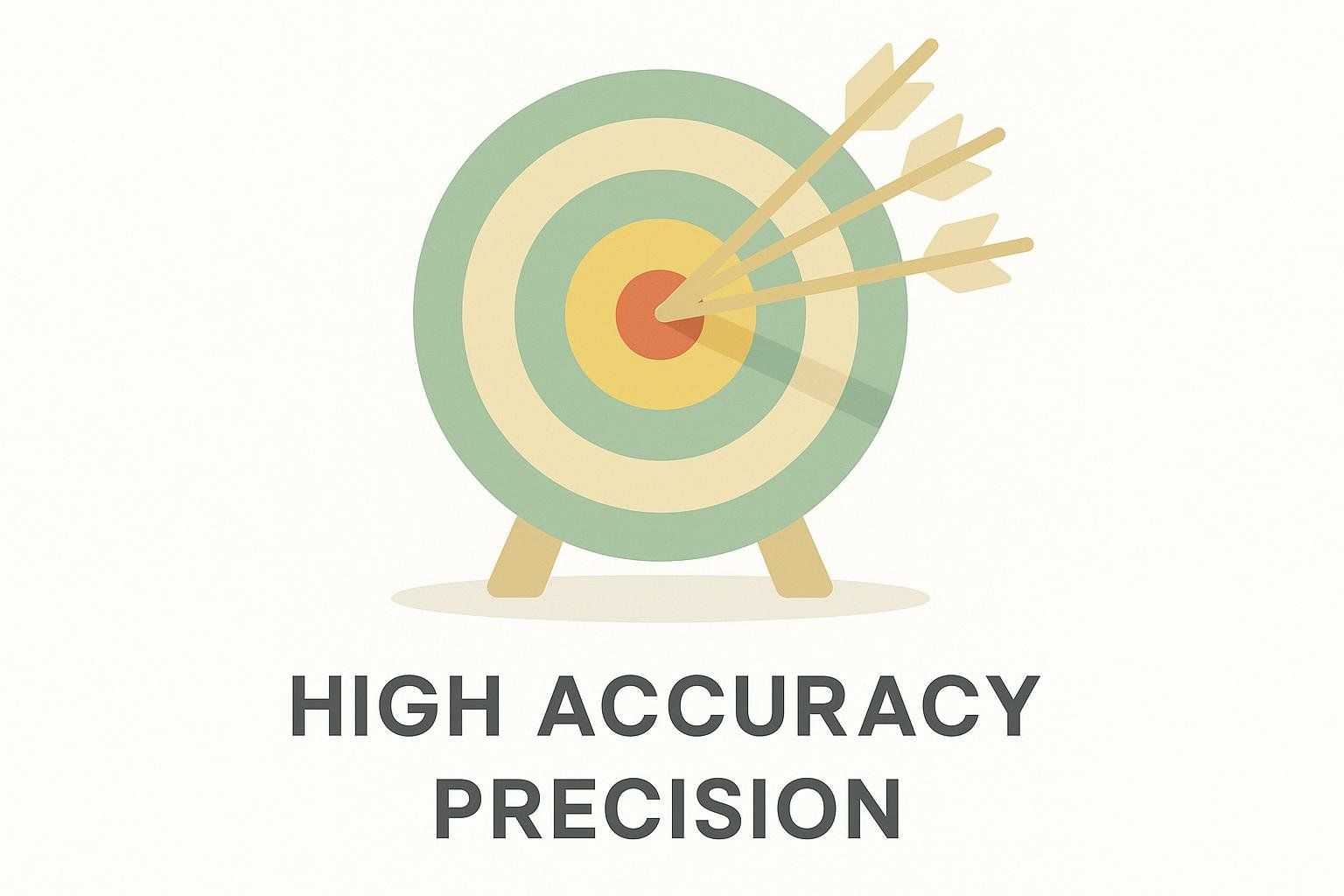
Research consistently shows hydrostatic weighing has an error margin of approximately ±1.5-2.8% for body fat percentage when performed correctly. A study from the University of New Mexico Exercise Physiology Lab reports accuracy within ±1.5% error when residual volume is directly measured.
However, this accuracy comes with important caveats:
Sources of Error

- Residual volume estimation: Can introduce ±3-4% error if estimated rather than directly measured
- Incomplete air expulsion: Each 100ml of trapped air can shift body fat readings by approximately 1.5%
- Assumptions about tissue density: The method assumes consistent bone and muscle density across individuals, which varies significantly among athletes and elderly populations
- Intestinal gas: Can add buoyancy and skew results
- Participant anxiety: Difficulty with underwater submersion affects measurement quality
Hydrostatic Weighing vs DEXA Scans: A Direct Comparison
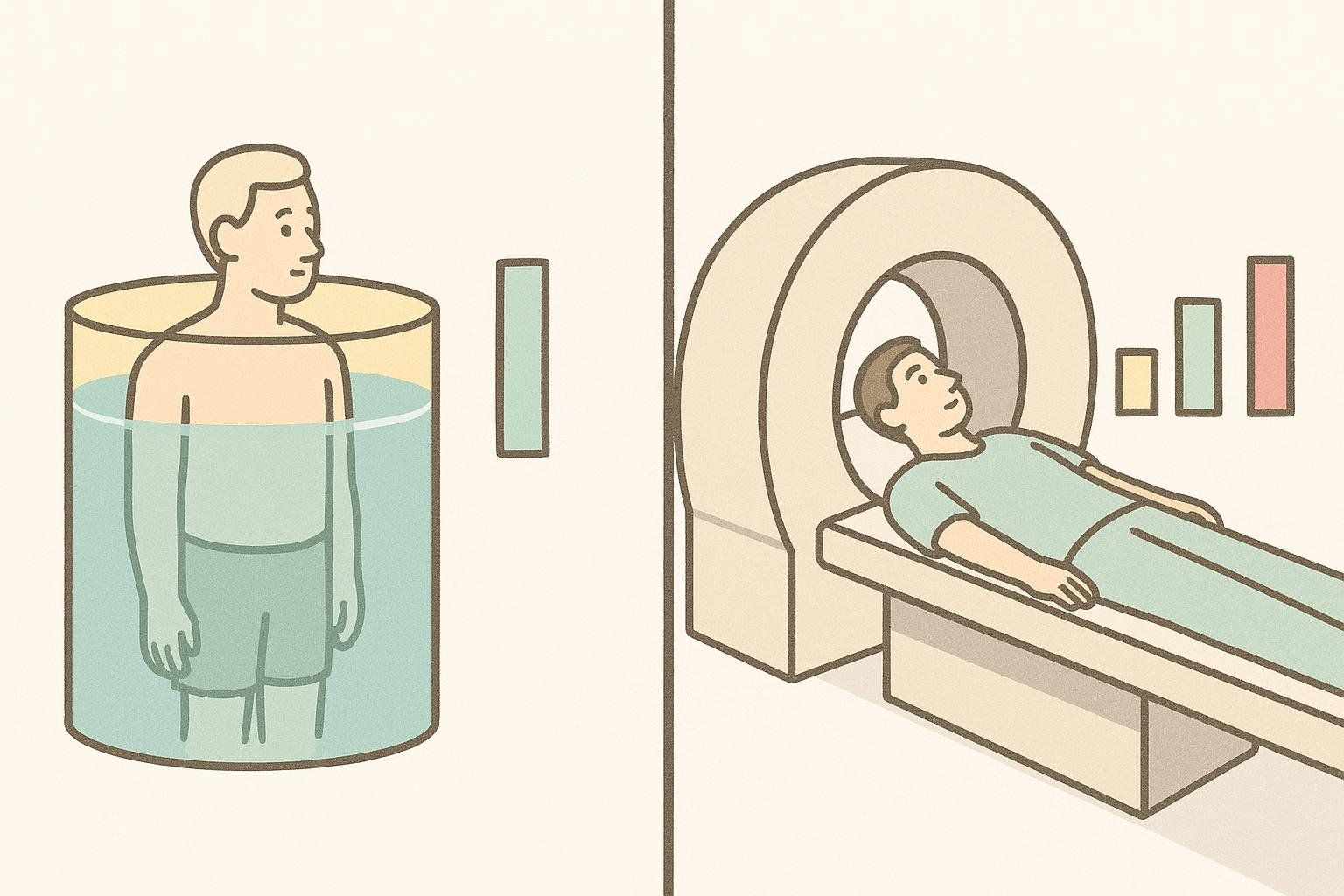
While hydrostatic weighing built its reputation decades ago, DEXA (dual-energy X-ray absorptiometry) technology has emerged as a superior alternative for most users. Here's how they stack up:
| Factor | Hydrostatic Weighing | DEXA Scan |
|---|---|---|
| Accuracy | ±1.5-2.8% (with optimal conditions) | ±1-2% consistently |
| Technology | Water displacement + Archimedes' principle | Dual-energy X-ray beams |
| Test Duration | 15-20 minutes | 10-15 minutes total |
| Preparation | Fast 3-4 hours, swimsuit required | Minimal—light clothing acceptable |
| Comfort Level | Must hold breath underwater repeatedly | Lie still on padded table |
| Data Provided | Total body fat % only | Body fat %, lean mass, bone density, visceral fat |
| Regional Analysis | None | Arms, legs, trunk breakdown |
| Availability | Limited to research facilities, universities | Widely available through BodySpec |
| Cost | $40-100 per test | Starting at $45 through BodySpec |
Hydrostatic Weighing vs BOD POD: Similar Limitations
Both hydrostatic weighing and BOD POD (air displacement plethysmography) share similar technological approaches and limitations. Like hydrostatic weighing, BOD POD uses displacement principles—measuring the volume of air you displace rather than water. Both methods:
- Provide only total body fat percentage (no regional analysis)
- Cannot measure visceral fat around your organs
- Require formula-based calculations prone to error
- Offer no bone density information
- Use a less precise 2-component model (fat vs. fat-free mass) that is more prone to error than DEXA's 3-component model (fat, lean mass, bone)
However, the BOD POD offers a significant advantage in user comfort, as it does not require underwater submersion.
What DEXA Scans Reveal That Hydrostatic Weighing Cannot
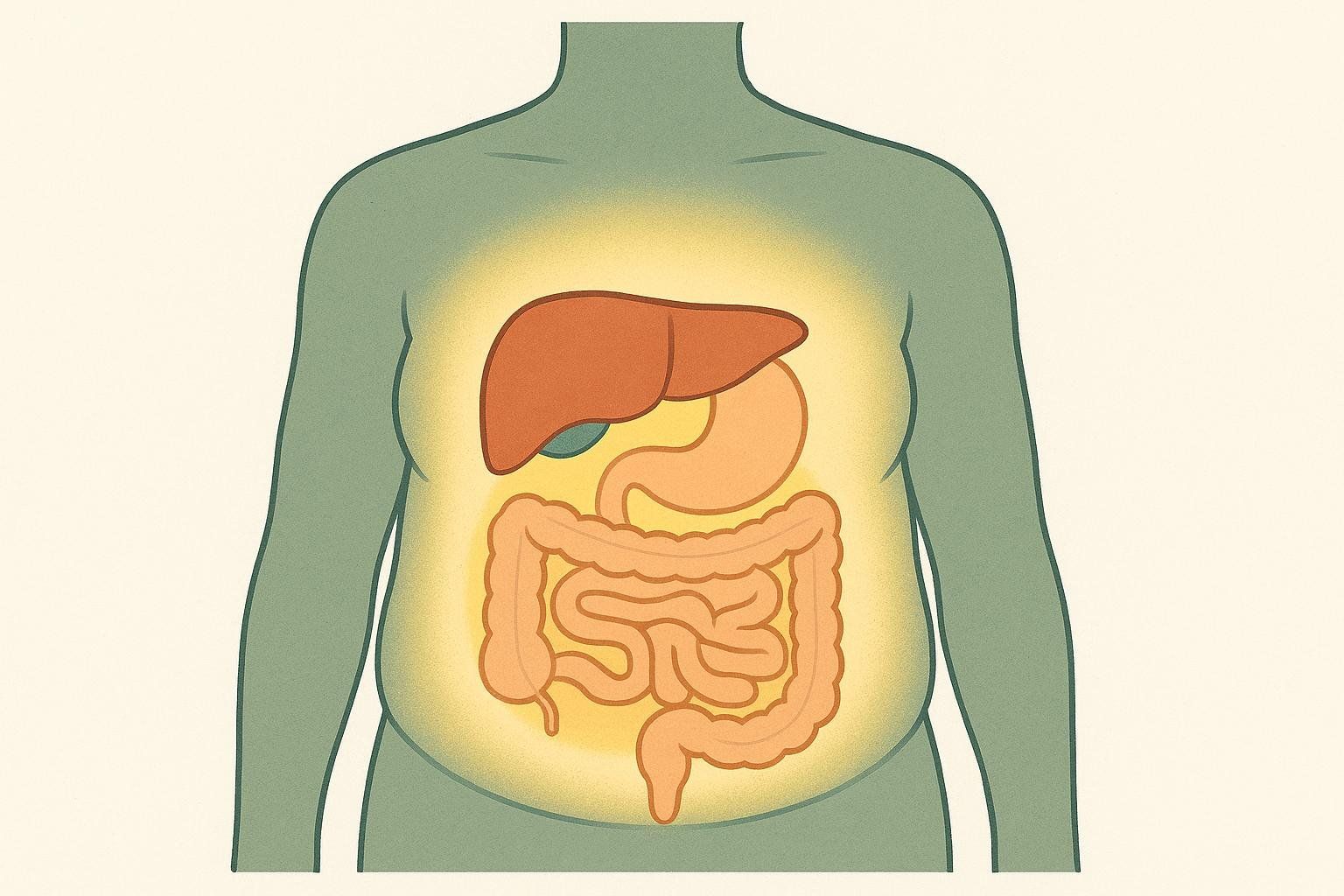
DEXA scans provide comprehensive body composition data that hydrostatic weighing simply cannot match:
- Visceral fat measurement: Critical for assessing metabolic health risks
- Regional body composition: Fat and muscle distribution across arms, legs, and trunk
- Bone mineral density: Essential for osteoporosis risk assessment
- Muscle mass tracking: Precise lean tissue measurements for athletes and fitness enthusiasts
Importantly, hydrostatic weighing and other traditional methods like BOD POD testing cannot provide information about visceral fat—the dangerous fat that accumulates around your organs and significantly increases your risk for cardiovascular disease, diabetes, and other chronic conditions.
Cost and Availability: The Practical Reality
Hydrostatic Weighing Costs
Based on our research of facilities across the United States:
- University labs: $25-40 (students) / $40-100 (public)
- Private facilities: $50-100 per test
- Research centers: $40-70 per session
Examples from active programs:
- Old Dominion University: $100 first test, $70 additional
- Louisville Fitness Evaluation: $25-40 depending on affiliation
Availability Challenges
Hydrostatic weighing faces significant accessibility limitations:
Limited locations: Availability is limited. As an example, Fitnescity's database primarily lists facilities in the following select cities:
- California: San Diego
- Idaho: Boise
- Illinois: Chicago
- Kentucky: Louisville
- New York: Garden City
- Oregon: Bend
- Virginia: Norfolk
- Wisconsin: Eau Claire
Why the decline?
The decline in its use is largely due to its inconvenience and technical limitations, leading many laboratories and universities to phase it out in favor of DEXA.
DEXA Scan Accessibility
In contrast, DEXA scans through BodySpec are widely available, with mobile units bringing testing directly to your area. Starting at $45, BodySpec scans offer:
- Consistent scheduling: Regular availability vs limited university hours
- Professional interpretation: Certified technicians explain your results
- Progress tracking: Digital dashboard to monitor changes over time
- No special preparation: Test in comfortable clothes without fasting
Who Should Consider Hydrostatic Weighing?
Despite its limitations, hydrostatic weighing may still be appropriate for specific populations:
Ideal Candidates
- Research participants: When protocol standardization requires hydrostatic measurement
- Comfort with water: Individuals who enjoy swimming and have no anxiety about underwater submersion
- Academic interest: Students or professionals wanting to experience the "historical gold standard"
- Limited DEXA access: Areas where modern body composition testing isn't available
Poor Candidates
- Claustrophobic individuals: Anxiety around water or breath-holding
- Elderly populations: May struggle with repeated underwater submersion
- Children: Difficulty following complex breathing instructions
- Athletes seeking detailed data: Limited to total body fat percentage only
- Those monitoring bone health: No bone density information provided
The Modern Alternative: Why DEXA Has Become the New Gold Standard
While hydrostatic weighing earned its reputation through decades of research, DEXA technology offers superior practical benefits for today's health-conscious individuals:
Comprehensive Health Picture
Unlike hydrostatic weighing's single body fat number, DEXA scans provide actionable insights:
- Metabolic risk assessment through visceral fat measurement
- Athletic performance tracking via regional muscle analysis
- Bone health monitoring for osteoporosis prevention
- Progress validation across multiple health markers
Real-World Convenience
DEXA eliminates the barriers that make hydrostatic weighing impractical:
- No need to fast or change into swimwear
- No underwater breath-holding or anxiety
- Immediate results with professional interpretation
- Wide availability through BodySpec's growing network
Scientific Validation
Peer-reviewed research demonstrates that DEXA offers a number of advantages, including:
- Accuracy: Consistent ±1-2% error margins across diverse populations
- Comprehensive data: Provides fat, lean mass, and bone density measurements
- Clinical utility: Widely recognized for assessing osteoporosis risk and body composition
- Practical advantages: Easier, cheaper, and less stressful for patients compared to traditional methods
Frequently Asked Questions
Is hydrostatic weighing still the gold standard?
No. While historically considered the gold standard, DEXA technology has been widely adopted in clinical settings for body composition analysis due to its accuracy, comprehensive data, and practical advantages. The FDA approved DEXA for bone density measurement in 1988, and it has since become the standard for both bone assessment and body composition testing.
How accurate is hydrostatic weighing compared to DEXA?
Hydrostatic weighing offers ±1.5-2.8% accuracy under optimal conditions, while DEXA maintains ±1-2% error margins consistently across diverse populations. DEXA maintains superior consistency because hydrostatic weighing accuracy depends heavily on proper technique and individual factors like complete air expulsion and residual lung volume measurement.
Why is hydrostatic weighing not widely available?
The method requires specialized equipment, extensive operator training, participant compliance, and significant time investment, while providing less comprehensive data than modern alternatives like DEXA.
Can I get hydrostatic weighing near me?
Availability is very limited. Check Fitnescity's locator or contact local universities with exercise physiology programs.
What replaced hydrostatic weighing?
DEXA scans have become the preferred method for body composition testing, offering equal or superior accuracy with greater convenience and more comprehensive health data.
The Bottom Line: Choosing Your Body Composition Test
Hydrostatic weighing represents an important chapter in body composition testing history, providing the scientific foundation for our understanding of human body density and fat measurement. Its basis in fundamental physics principles continues to make it a valuable research tool.
However, for practical health and fitness tracking, DEXA scans offer clear advantages:
- Equal or superior accuracy with greater consistency
- Comprehensive health insights beyond just body fat percentage
- Practical convenience without special preparation or anxiety-inducing procedures
- Wide availability through BodySpec's accessible network
While hydrostatic weighing earned its "gold standard" reputation through decades of research, DEXA technology represents the evolution of that science—providing the precision needed for accurate body composition assessment with comprehensive health data that supports better wellness decisions.
Ready to experience the modern gold standard in body composition testing? Book your DEXA scan with BodySpec and discover comprehensive insights into your body fat, muscle mass, bone density, and visceral fat levels—all in a comfortable, convenient 15-minute appointment.
